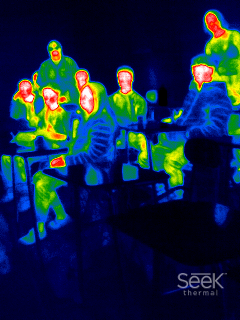2 min read
The NASA SCoPE (Science Mission Directorate Community of Practice for Education) project aims to facilitate connections between NASA science subject matter experts (SMEs) and educational outreach opportunities aligned with the goals of NASA Science Activation (SciAct) teams.
With the 2024 Eclipse offering numerous engagement avenues, SCoPE linked 13 SMEs with various SciAct-supported events held nationwide and virtually from January 2 to April 8. While some SMEs primed audiences for the eclipse through informative talks on eclipse mechanics, safe solar viewing, and relevant NASA missions, at least 8 SMEs actively participated in eclipse day events, leading viewing activities and engaging attendees in science discussions.
Additionally, SCoPE supported the Eclipse Soundscapes (ES) program – a NASA Citizen Science initiative based at Advanced Research in Inclusion & STEAM Accessibility (ARISA) Lab – with two SMEs, namely Dr. Valerie Johnson from Shaw University and Dr. Lindsay Fuller from the University of Texas - Austin. Their contributions ensured the strategic placement of AudioMoth devices in 19 locations along the eclipse's path of totality to capture sounds during the eclipse. Dr. Johnson focused on involving faculty and students from six Historically Black Colleges and Universities (HBCUs), exemplifying inclusivity and broadened participation in NASA science. Dr. Fuller's efforts aimed to expand the ES project in Texas, particularly in Austin, through collaborations with 13 local educational institutions, parks, and community organizations. In addition to recruiting and guiding ES Data Collectors, they also promoted and encouraged people to participate as ES Observers on eclipse day, further supporting NASA Citizen Science.
The NASA SCoPE and Eclipse Soundscapes projects are supported by NASA under cooperative agreement award numbers 80NSSC21M0006 and 80NSSC21M0008, respectively, and are part of NASA’s Science Activation Portfolio. Learn more about how Science Activation connects NASA science experts, real content, and experiences with community leaders to do science in ways that activate minds and promote deeper understanding of our world and beyond: https://science.nasa.gov/learners

In this thermal image by Dr. Hodari, a group of 67 sixth graders are engaged in a demonstration on interpreting infrared imagery. The image serves as an educational tool for understanding heat signatures and sets the stage for the application of IR technology in observing the total solar eclipse.







